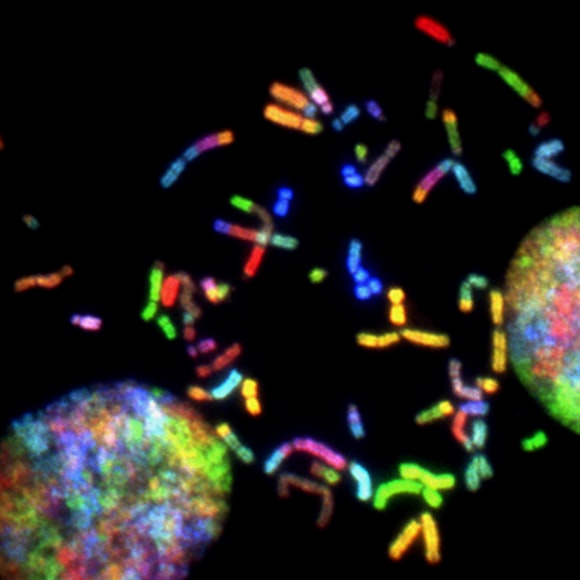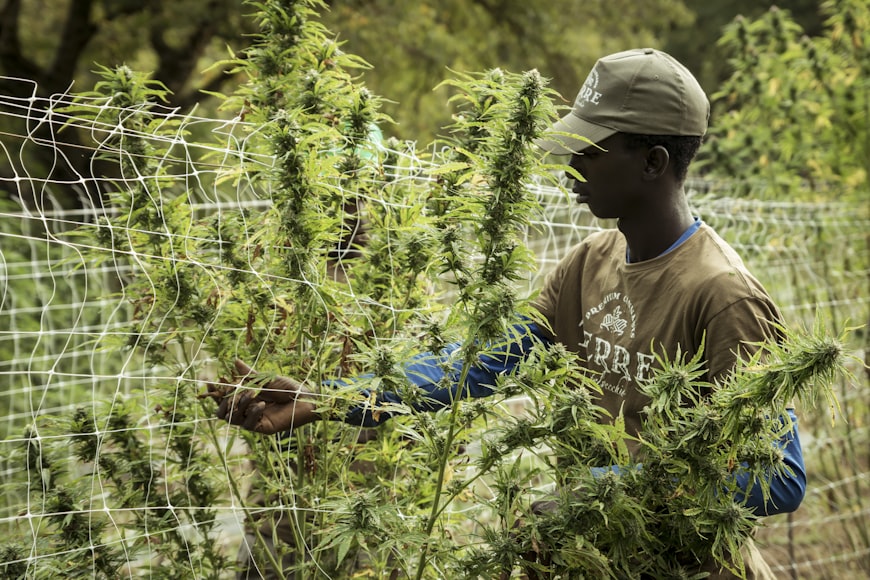Cannabis has been a hot topic for decades, with varying opinions on its effects on the brain and body. With the increasing legalization and widespread use of cannabis, it is crucial to understand the science behind how cannabis affects the brain and body. In this article, we will explore the science behind the effects of cannabis on the brain and body.

Cannabis On The Brain
The primary psychoactive component of cannabis is delta-9-tetrahydrocannabinol (THC), which interacts with the endocannabinoid system (ECS) in the brain and body. The ECS is a complex network of receptors, endocannabinoids, and enzymes that play a critical role in maintaining homeostasis in the body. The two primary receptors in the ECS are CB1 and CB2.
CB1 receptors are primarily found in the brain and central nervous system, and their activation by THC produces the characteristic psychoactive effects of cannabis, such as euphoria, altered perception, and impaired memory and concentration. THC binds to CB1 receptors, which are abundant in the brain’s reward and pleasure centers, leading to the release of dopamine, the neurotransmitter responsible for feelings of pleasure and reward.
The activation of CB1 receptors by THC also impairs short-term memory and attention, making it challenging to concentrate or remember information. Chronic use of cannabis can lead to long-term cognitive deficits, such as reduced verbal learning and memory, attention, and processing speed.
THC also affects the brain’s hypothalamus, leading to an increase in appetite and the sensation of hunger, commonly known as “the munchies.” THC’s effect on the hypothalamus also leads to the release of the hormone ghrelin, which stimulates appetite.
CB2 receptors are primarily found in the immune system and peripheral tissues, where their activation produces anti-inflammatory and analgesic effects. Cannabidiol (CBD) is another primary component of cannabis that has gained attention for its potential therapeutic benefits, such as reducing inflammation, anxiety, and seizures.
CBD does not produce the psychoactive effects of THC but interacts with the ECS in different ways. CBD can modulate the activity of CB1 and CB2 receptors, and it can also interact with other receptors and neurotransmitters in the brain, such as serotonin and GABA. CBD’s interaction with these receptors and neurotransmitters may explain its potential therapeutic effects.
The effects of cannabis on the body extend beyond the brain, with potential benefits and risks. Cannabis use can cause acute and chronic respiratory symptoms, such as coughing, wheezing, and bronchitis. Chronic use of cannabis can also lead to impaired lung function and an increased risk of lung cancer.
However, cannabis has also shown potential therapeutic benefits, such as reducing chronic pain, nausea and vomiting in chemotherapy patients, and muscle spasms in multiple sclerosis patients. Cannabis has also shown promise in treating epilepsy, anxiety, and post-traumatic stress disorder (PTSD).
In conclusion, the science behind how cannabis affects the brain and body is complex, with varying effects depending on the concentration and ratio of THC and CBD, the mode of administration, and individual factors such as genetics and tolerance. While cannabis has shown potential therapeutic benefits, it also carries risks and side effects, and its long-term effects on the brain and body require further research. It is crucial to approach cannabis use with caution, informed by the latest scientific research and medical advice.
-
Product on sale
 Cleaning Plugs for Bongs and PipesOriginal price was: $16.00.$14.50Current price is: $14.50.
Cleaning Plugs for Bongs and PipesOriginal price was: $16.00.$14.50Current price is: $14.50. -
 Monsters Bowl Savers(Save – A -Bowl) – 2 Pack(monster)Price range: $8.50 through $16.45
Monsters Bowl Savers(Save – A -Bowl) – 2 Pack(monster)Price range: $8.50 through $16.45 -
Product on sale
 Cleaning Plugs for PipesOriginal price was: $8.00.$6.00Current price is: $6.00.
Cleaning Plugs for PipesOriginal price was: $8.00.$6.00Current price is: $6.00. -
 1 Xlarge – Chillum Bowl Saver(Save-A-Bowl)Price range: $6.00 through $12.00
1 Xlarge – Chillum Bowl Saver(Save-A-Bowl)Price range: $6.00 through $12.00 -
 Green Leaf Save A BowlPrice range: $5.00 through $16.45
Green Leaf Save A BowlPrice range: $5.00 through $16.45 -
 Blue Leaf Save A BowlPrice range: $5.00 through $16.45
Blue Leaf Save A BowlPrice range: $5.00 through $16.45 -
 Rick & Morty Bowl Saver(Save – A -Bowl)
Rick & Morty Bowl Saver(Save – A -Bowl) -
 Mixed Colored Bowl Savers-BGR(Save – A -Bowl)$10.45
Mixed Colored Bowl Savers-BGR(Save – A -Bowl)$10.45 -
 Forest Girl Bowl Savers(Save – A -Bowl)Price range: $5.00 through $16.45
Forest Girl Bowl Savers(Save – A -Bowl)Price range: $5.00 through $16.45
- Cannabis – alternative medicineCannabis has been used for centuries as an alternative medicine for various health conditions. With the legalization of cannabis in many countries, the use of… Read more: Cannabis – alternative medicine
- Benefits of using cannabis to treat epilepsyIf you or a loved one has been diagnosed with epilepsy, you may be looking for alternative treatments beyond traditional medication. One promising option is… Read more: Benefits of using cannabis to treat epilepsy
- The impact of cannabis on athletic performance and recoveryThe legalization of cannabis in many states has led to increased interest in its potential health benefits, including its impact on athletic performance and recovery.… Read more: The impact of cannabis on athletic performance and recovery

